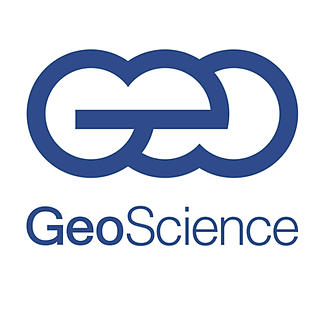Geothermal group starts Deep Digital Cornwall Heat Flow Map project
- GeoScience Limited
- Jan 26, 2022
- 2 min read
Updated: Jan 27, 2022
Deep Digital Cornwall was launched in early 2021 and is led by the Camborne School of Mines (CSM) with the Institute for Data Science and Artificial Intelligence at the University of Exeter, who are conducting research and championing innovation with 40 SMEs in Cornwall.
The DDC project received grant funding from the European Regional Development Fund.
CSM are working with three delivery partners: Cornish Lithium, Cornwall Resources Limited (CRL) and the South West Centre of Excellence in Satellite Applications (SWCoESA).
GeoScience’s geothermal group has successfully applied for funding through DDC to create a new digital heat flow map for Cornwall to help promote the utilisation of geothermal resources.
The high heat flow granite batholith that underlies the spine of the county forms the basis for the development of deep geothermal energy plants, but shallower geothermal resources have not yet been harnessed for low carbon heating. A key parameter in exploring for these geothermal resources is predicting the temperature at depth and to do this accurately it is necessary to understand the natural heat flow.

Granite outcrops in Cornwall. Image by Richard Norris from Pixabay.
During the 1970s, 23 shallow (mostly less than 100m deep) boreholes were drilled at various locations, predominantly within and around the surface exposures of the granite, and the heat flow calculated.

Colour-contoured heat flow map of the UK, based on the Geothermal Map of the UK (BGS, 1986; this version from Busby, 2010).
In 2016 Beamish and Busby re-evaluated the original temperature measurements, eliminated unreliable data and applied modern paleoclimate and topographic corrections to produce a more robust assessment of heat flow and, therefore, subsurface temperature.
But the measurements and heat flow calculations are unevenly distributed across the county, having been focused on the granite outcrops. Therefore, there isn’t a definitive set of robust empirical heat flow data for significant areas of Cornwall, including some that are likely to have high heat demand. If shallow geothermal systems are to be effectively developed it is essential that these data are available to assist with the assessment of the feasibility and design of appropriate geothermal technologies.
We aim to build on the Beamish and Busby study to develop a more comprehensive heat flow map of Cornwall using the original data, additional historical measurements from mine records, new measurements in existing boreholes and measurements in a number of new boreholes.
The new boreholes should not only verify the data close to the granite outcrops but also fill in some data gaps away from the granite, in the vicinity of towns and other populated and industrial areas where heat demand may be significant, as well as in rural areas where fuel poverty exists.
It is hoped that a digital representation of the underground temperature can be combined with the digital model of Cornwall geology, the related surface information and information on historical mining and other outputs from DDC projects to contribute to the 3D digital model of the sub-surface.
To find out more about Deep Digital Cornwall, please visit their website:






Best smm panel which you select provide you with the administrations of various online entertainment stages. As known before, the highest virtual entertainment stages like Instagram, YouTube, and Facebook. You can accomplish the administrations going around with the factors like remarks, likes, shares, memberships, sees, and other virtual entertainment signals.